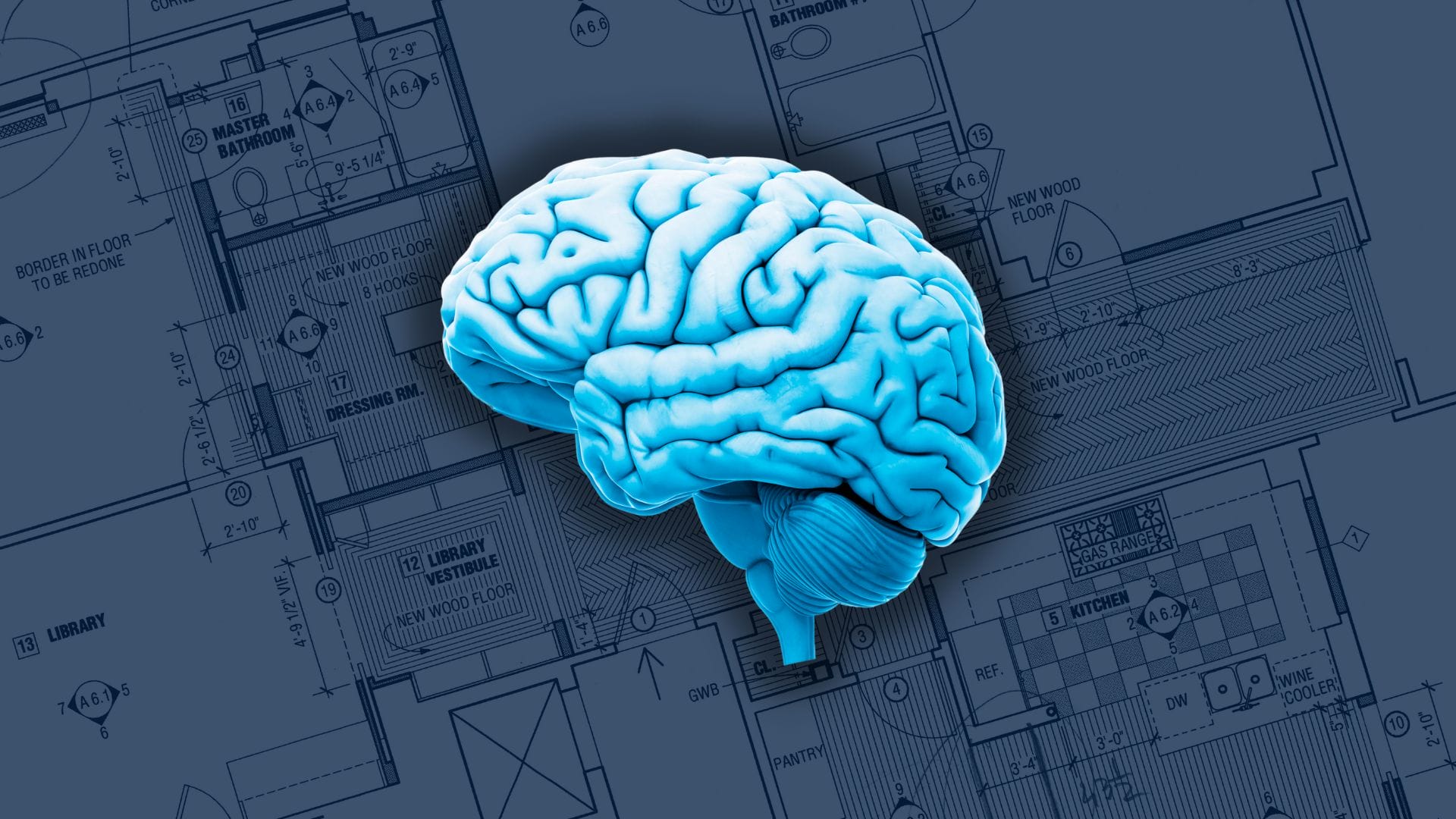The Psychology Behind Office Design

A well-designed office can create a positive work environment, enhance output, and promote job satisfaction. Here are some key psychological factors that influence office design…
The psychology behind office design refers to the various factors that influence the mental and emotional well-being of employees in the workplace. A well-designed office can create a positive work environment, enhance output, and promote job satisfaction. Here are some key psychological factors that influence office design:
Cognitive Ergonomics: This refers to designing the physical and sensory environment in a way that supports the cognitive demands of work. For example, providing adjustable lighting and reducing distractions can help employees concentrate better and perform tasks more efficiently.
Biophilia: This is the innate human desire to connect with nature. Incorporating elements of nature into office design, such as plants and natural light, can improve mood and reduce stress levels among employees.
Social Dynamics: Office design can also impact social interactions among employees. Open-plan offices can promote collaboration and teamwork, while private workspaces can provide privacy and reduce distractions.
Sense of Ownership: Employees who feel a sense of ownership and control over their workspace tend to be more productive and engaged. Design features such as adjustable desks and customizable workstations can help foster this sense of ownership.
Brand Identity: Office design can also be used to express a company’s brand identity and values. This can help employees feel a sense of connection to the company and its mission, which can lead to increased job satisfaction and loyalty.
Wellness: An office designed with employee wellness in mind can reduce stress, improve mood, and promote physical health. This can include features such as ergonomic furniture, natural lighting, and fitness facilities.